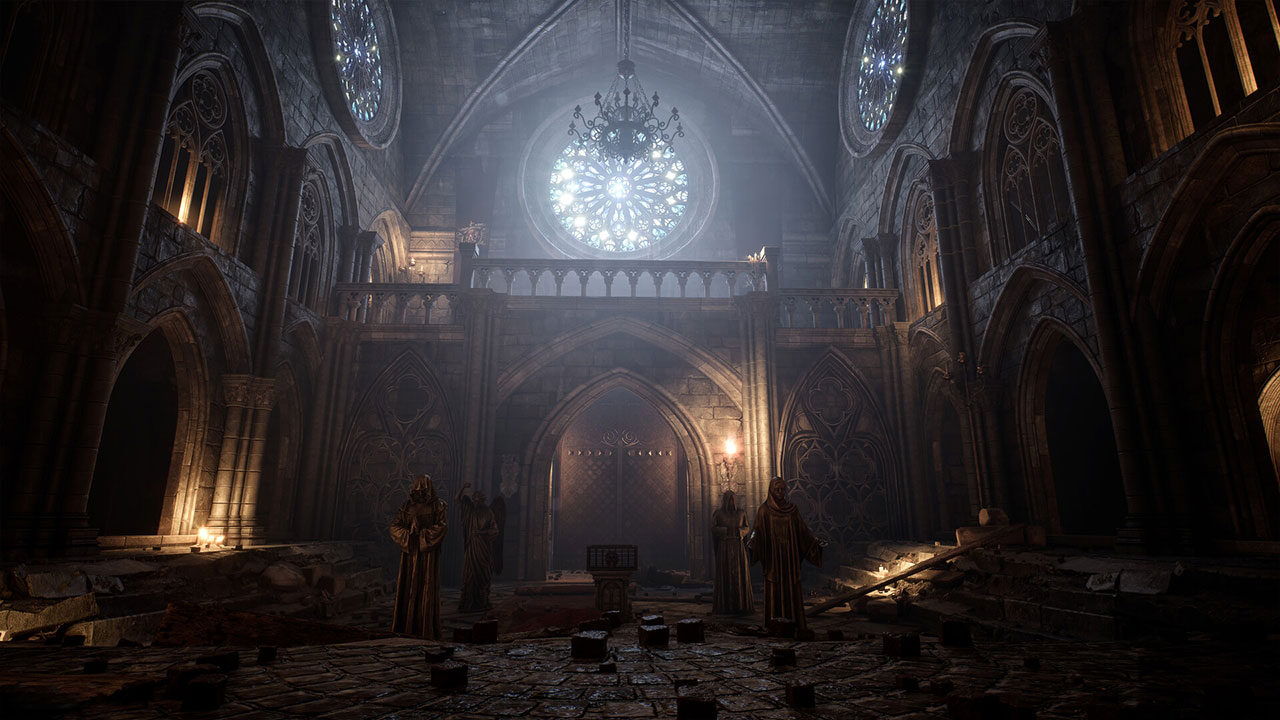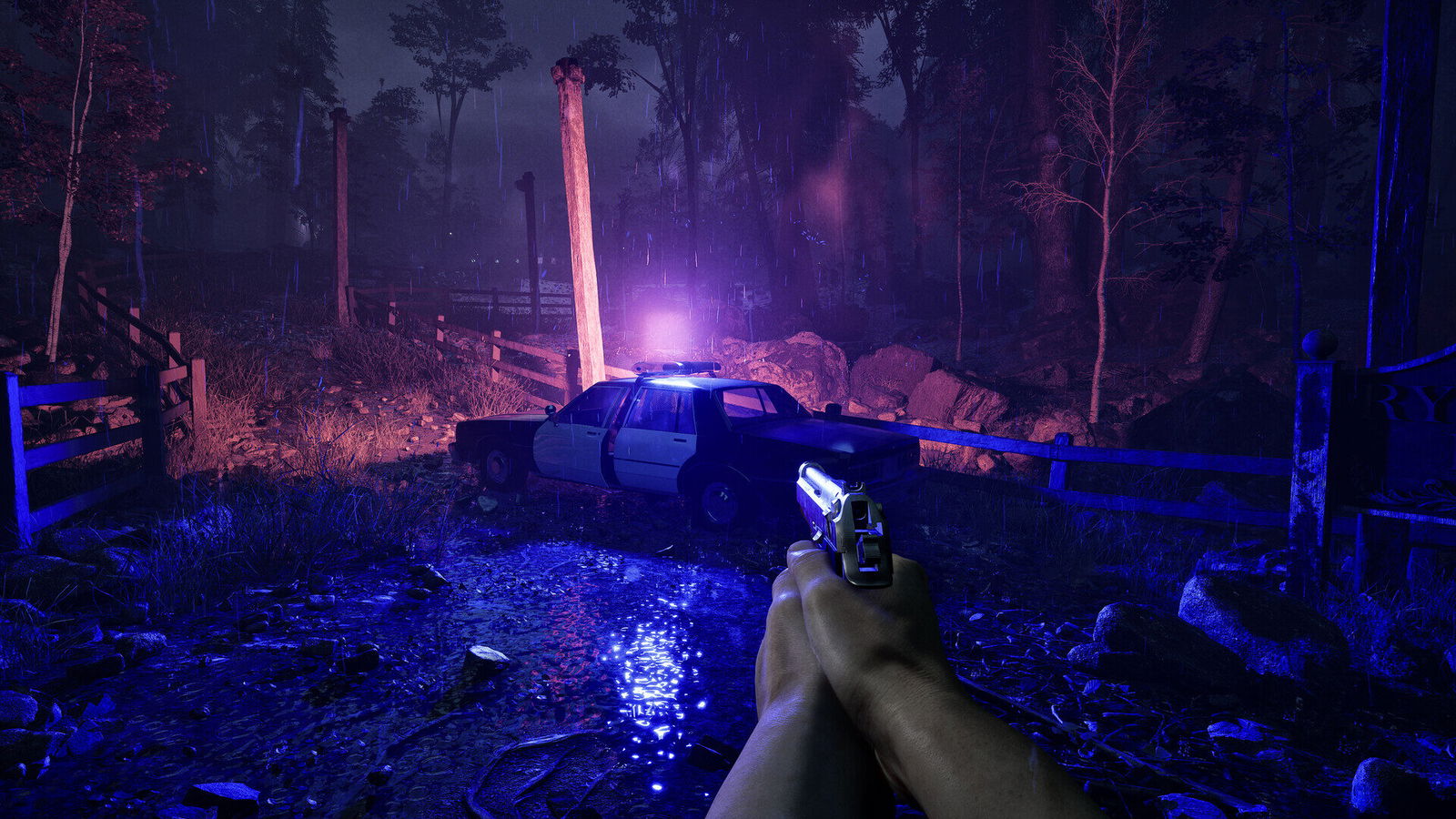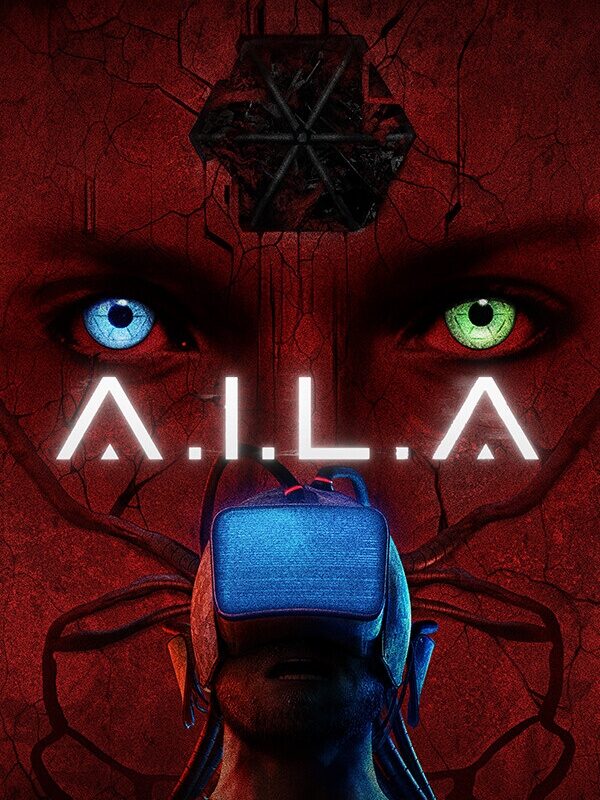Imagine a world where drones deliver packages to everyone’s homes and apartments, and VR games reach the highest level of immersion with the help of a highly intelligent AI. For some, this future feels like a paradise, while for others it is more of a nightmare. A.I.L.A considers the ways AI can help people, while also weighing the dangers that could arise as machines gain rights and autonomy.
A.I.L.A is a first-person horror game set in a near future that features immersive technology. You play as Samuel Young, the sole tester for a revolutionary new fictional AI called AILA. You must survive intense horror sequences that target your deepest fears as the line between the virtual world and reality begins to blur. This ambitious indie horror game grew on me the more I played it, and was created by the talented Brazilian team Pulsatrix Studios.

The references to other horror games like the Resident Evil franchise and the Outlast games made me chuckle. Samuel also has a pet cat named Jonesy, which was a clear reference to Jonesy from Alien. Clearly, the devs enjoyed horror franchises.
The best parts of A.I.L.A are its creative map and character designs. Since the main area was fairly static, with the player free to walk around Samuel’s home, the game worlds were carefully crafted to reflect their genres. At first, I found the two forest-like maps redundant, but their purpose became clear by the end of the story, or earlier if you realized what Samuel was actually experiencing.
“The best parts of A.I.L.A are its creative map and character designs.”
A.I.L.A and its overall message would likely appeal to a wider audience if it did not echo the real fears many people already have about AI integration in society. While the game raises relevant concerns about technology and artificial intelligence through in-game news reports on television, I often found myself wanting to escape back into AILA’s simulated worlds to avoid the issues that felt too familiar.

The general gameplay was simple, yet more engaging than exploration-focused walking simulators that either omit combat or rely entirely on puzzle solving. For a game like A.I.L.A, the development team attempted a great deal with limited resources. In some ways, the game could have removed the combat mechanics and focused solely on puzzles and exploration, which might have allowed Pulsatrix Studios to refine the details needed to make the experience even scarier.
“My experience with A.I.L.A was a roller coaster that left me hopeful but ultimately disappointed.”
Even though the audio repeated and looped, the sound design set the tone for each stage of AILA’s game worlds. It brought back memories of older titles that used similar approaches, such as Raven Software’s Heretic series and playing Wolfenstein 3D on a floppy disk. But this is 2025. Video games can stir nostalgic feelings, yet they should not rely so heavily on the past that they begin to resemble dated experiences that were difficult to play.
My experience with A.I.L.A was a roller coaster that left me hopeful but ultimately disappointed. I cannot fault the game for its many bugs and moments of awkwardness, since this was a pre-release review version. However, several obstacles were tough to tolerate, particularly when certain barriers stemmed from harsh gameplay design. I hope the save feature is fixed at launch, because it was frustrating when the last autosave was too far back after a death.

Although I enjoyed some of the environmental design and the way Unreal Engine 5 was used to make a small game feel larger, this was a significant undertaking. I only wish the number of bugs was smaller and that the puzzle and gameplay balance was a bit clearer. For players searching for a horror-puzzle game to fill a weekend, this felt like a scaled-down Outlast, without the same level of fear or tension.





